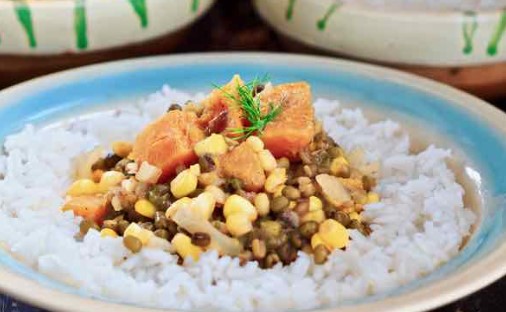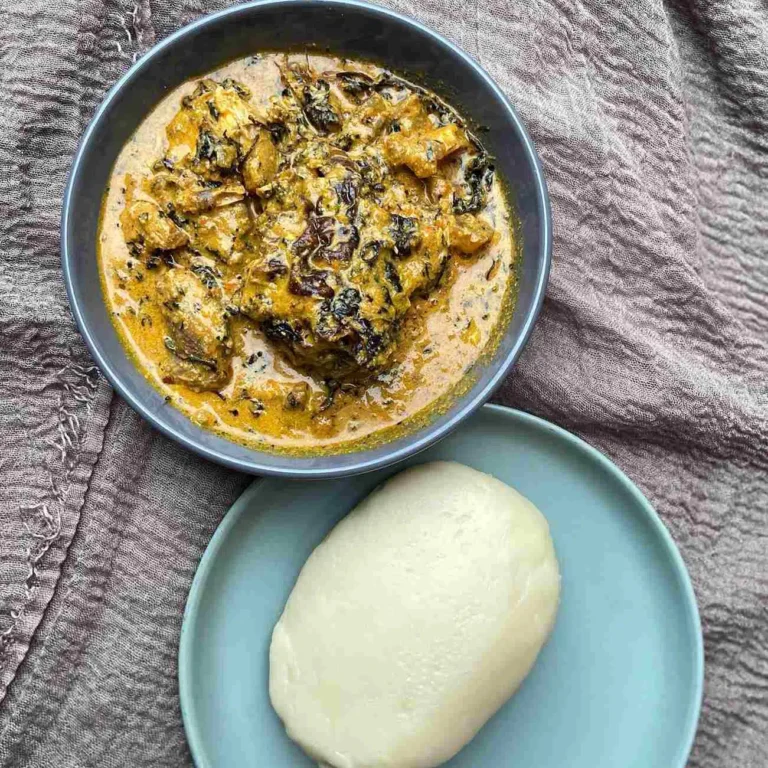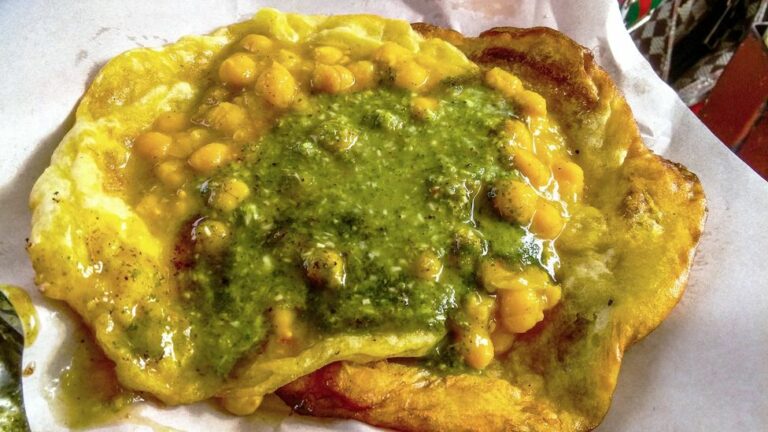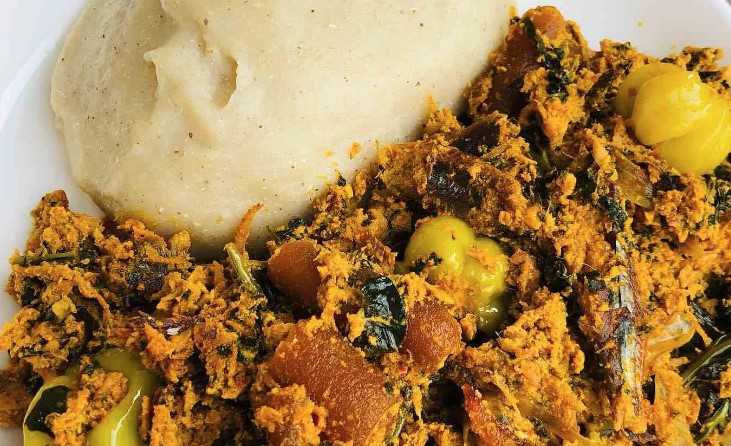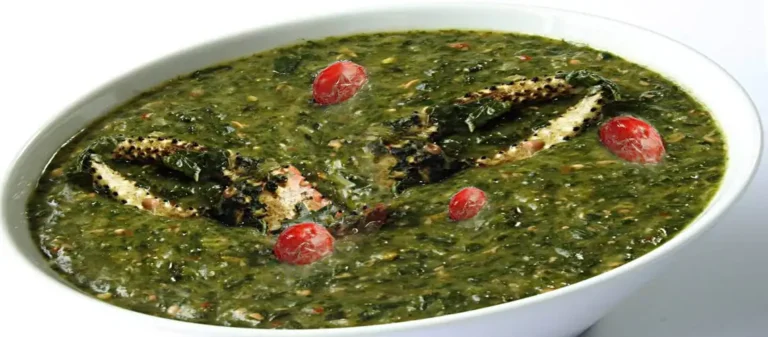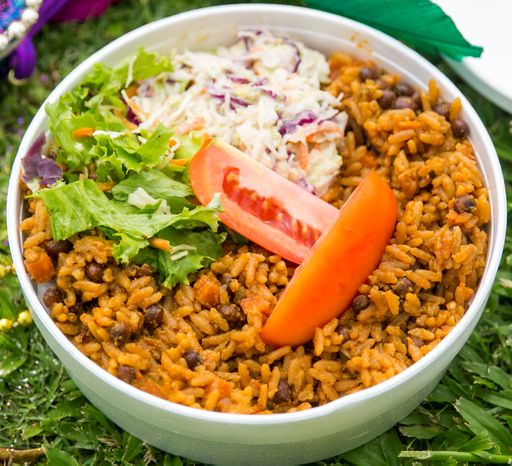Introduction: Timorese Cuisine
Timor-Leste, commonly known as East Timor, is a small island nation located in the eastern part of the Indonesian archipelago. The country’s cuisine is a fascinating blend of flavors and influences from its Southeast Asian and Portuguese colonial past. Timorese cuisine is characterized by the use of a wide variety of spices and seasonings, making it flavorful and aromatic.
The Importance of Spices in Timorese Cooking
Spices play a crucial role in Timorese cuisine, as they add depth and complexity to the dishes. Timor-Leste is surrounded by a rich variety of spices, which are easily accessible and widely used in their cooking. They use spices to enhance the flavors of their meat, fish, and vegetables. Moreover, spices are also used for medicinal purposes. Many spices are believed to have healing properties and are used to treat various ailments.
Basic Timorese Spices: Coriander and Cumin
Coriander and cumin are two of the most common spices used in Timorese cuisine. They are used in both whole and ground forms. Coriander is known for its citrusy, slightly sweet flavor and is often used in curries, soups, and stews. Cumin, on the other hand, has a warm, earthy flavor and is used in marinades, spice blends, and meat dishes.
Unique Timorese Spices: Tamarind and Galangal
Tamarind and galangal are two unique spices used in Timorese cuisine. Tamarind, which has a sour and tangy flavor, is used to add acidity to dishes and is often used in soups and curries. Galangal, which has a pungent and slightly sweet taste, is used in marinades, curries, and stir-fries. It is also believed to have medicinal properties and is used to treat digestive problems.
Must-Have Seasonings: Garlic and Shallots
Garlic and shallots are two essential seasonings in Timorese cuisine. They are used in almost all dishes and are often sautéed in oil before adding other ingredients. Garlic has a pungent and slightly sweet flavor, while shallots have a milder flavor and a slightly sweet taste. They are used to add depth and aroma to dishes, and also have various health benefits.
Timorese Spice Blends and Sauces: Sambal and Bumbu
Sambal and bumbu are two popular spice blends and sauces used in Timorese cuisine. Sambal is a chili-based sauce that is often used as a condiment or dipping sauce. It has a spicy and tangy flavor and is made from a variety of chili peppers, garlic, and other spices. Bumbu is a spice blend that is used as a base for many dishes, including curries, soups, and stews. It typically contains a blend of spices such as coriander, cumin, turmeric, and ginger. Bumbu adds depth and complexity to dishes, and is often used in combination with other seasonings and spices.

